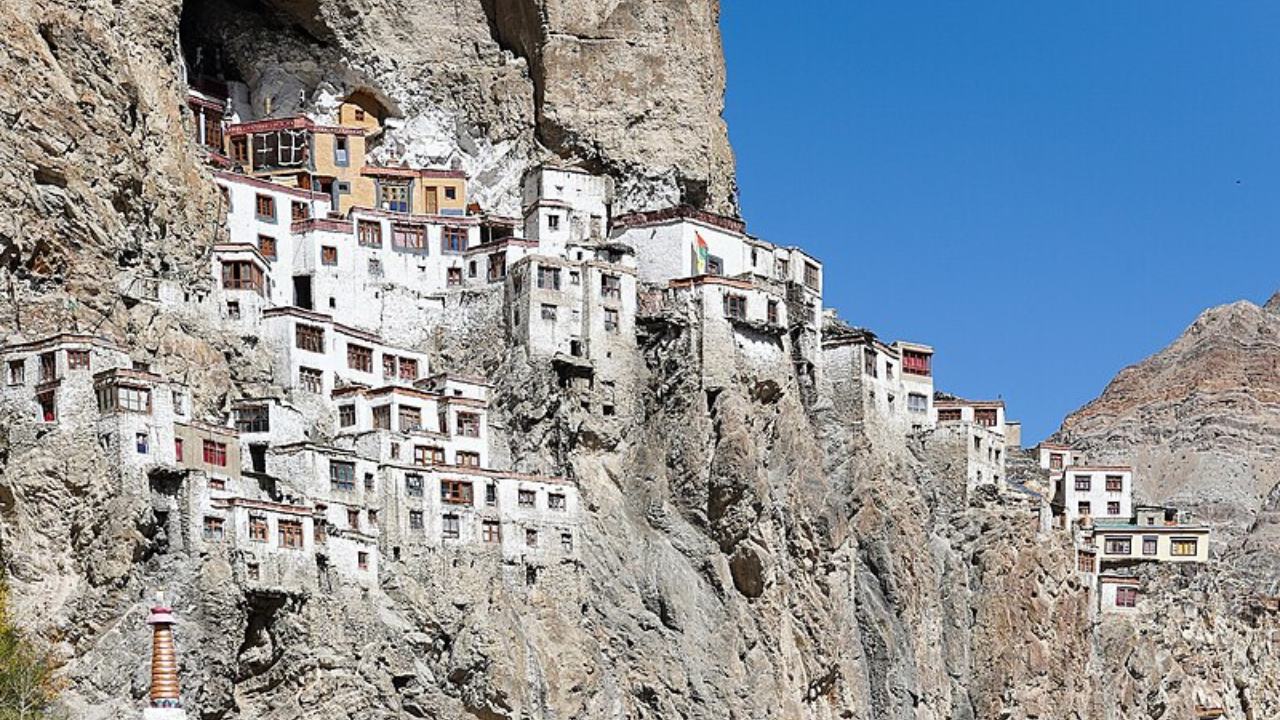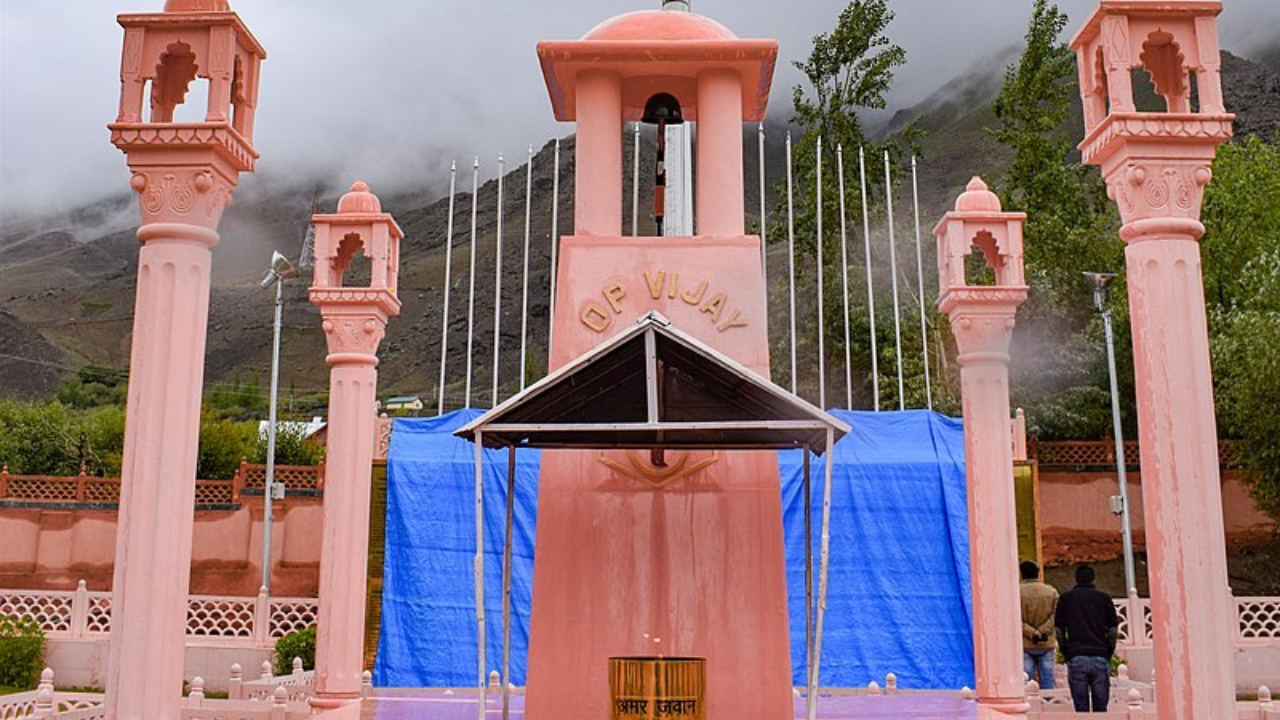Contents
A mix of history and adventure in Kargil, 5 best places you can’t forget
Discover five of the best attractions in Kargil that blend history and adventure. From ancient monasteries and historical monuments to trekking across stunning landscapes and experiencing unique local cultures, this guide gives you a glimpse of the diverse experiences in store for you in the majestic city of Kargil. Read on to know more.

Five major places of Kargil
KargilA town nestled in the majestic mountains of the Ladakh region, 204 km east of Srinagar, is a destination of cultural and historical significance. Once an important stop on the junction of the ancient Silk Route, from where all roads lead to Kargil, it is now remembered for what the town is famous for. kargil war of 1999. Kargil is an important site in India’s war history, but the place remains an important place for tourists as well. Here are five best places you must visit in Kargil:
Zanskar
An unknown town in Kargil district, known for the Chadar Trek, a trek on a frozen river during winters, which becomes a spot for adventure sports like rafting during summers. You can also explore Zanskar Kanishka Expedition, a trekking service run by locals that will take you on a hike in the Zanskar Range. This expedition will also give you a chance to connect with the local culture, visit their homes, be a part of their daily life and taste the local barley wine. Chang,
Phuktal Monastery

Located in the remote Lungnak Valley of Zanskar is this 15th-century Buddhist monastery, founded by Jangsem Sherab Zangpo, a disciple of the Gelug school of Tibetan Buddhism. The cave in the monastery is believed to be one of the earliest abodes of Buddha’s followers, also known as arhats. It is also believed that the 12th-century Tibetan translator of Zanskar Lotsawa Phagpa Sherab lived here and upon Zangpo’s arrival, the monastery’s current structure was built around the cave. It is also known for maintaining a traditional Tibetan medical clinic, supervised by AmchiA traditional Tibetan doctor who caters to the medical concerns of the local people.
Also read: Kargil Vijay Diwas 2024: 6 books that reflect the spirit of the Kargil war
Kargil War Memorial

Also known as the Drass War Memorial, this memorial was established following the Indian Army’s success in pushing back Pakistani troops during the 1999 Kargil War. In the winter of 1998-99, the Pakistani Army crossed the Line of Control (LoC), following which the Indian Army launched Operation Vijay in May 1999 to reclaim the occupied territories. The operation lasted for over two months and ended on 26 July with the success of the Indian Army. To commemorate this victory, Kargil Vijay Diwas This day is celebrated every year on July 26. This memorial was initially constructed temporarily in 2000 and was later made permanent in November 2014.
Hunderman Village
The history of this village is interesting. Located on the banks of the Suru River, 10 km from Kargil, the village came under the control of Pakistan at the end of the Indo-Pakistani War of 1947. However, it was recaptured by the Indian Army during the 1971 war. After the subsequent war, the residents moved to higher slopes, leaving behind their houses, utensils and other household items. One of these houses has been restored and converted into a memory museum, offering a glimpse into the life of the local people. Visitors can also use binoculars to view the Line of Control (LoC) and areas across it.
Dha Hanu
If you love exploring the local culture, you must visit this place. It is one of the few villages that is home to the Drogpa tribe of Leh, who are known for their unique jewellery and head dress. The Drogpas are believed to be the original descendants of the Aryan race and follow a strict inter-caste marriage policy to maintain their racial purity. Visiting this village will give visitors a glimpse into the lives of the Drogpas. They are friendly, open and accommodating, often welcoming photographers who record their day-to-day lives, making the trip even more rewarding.
End of article


